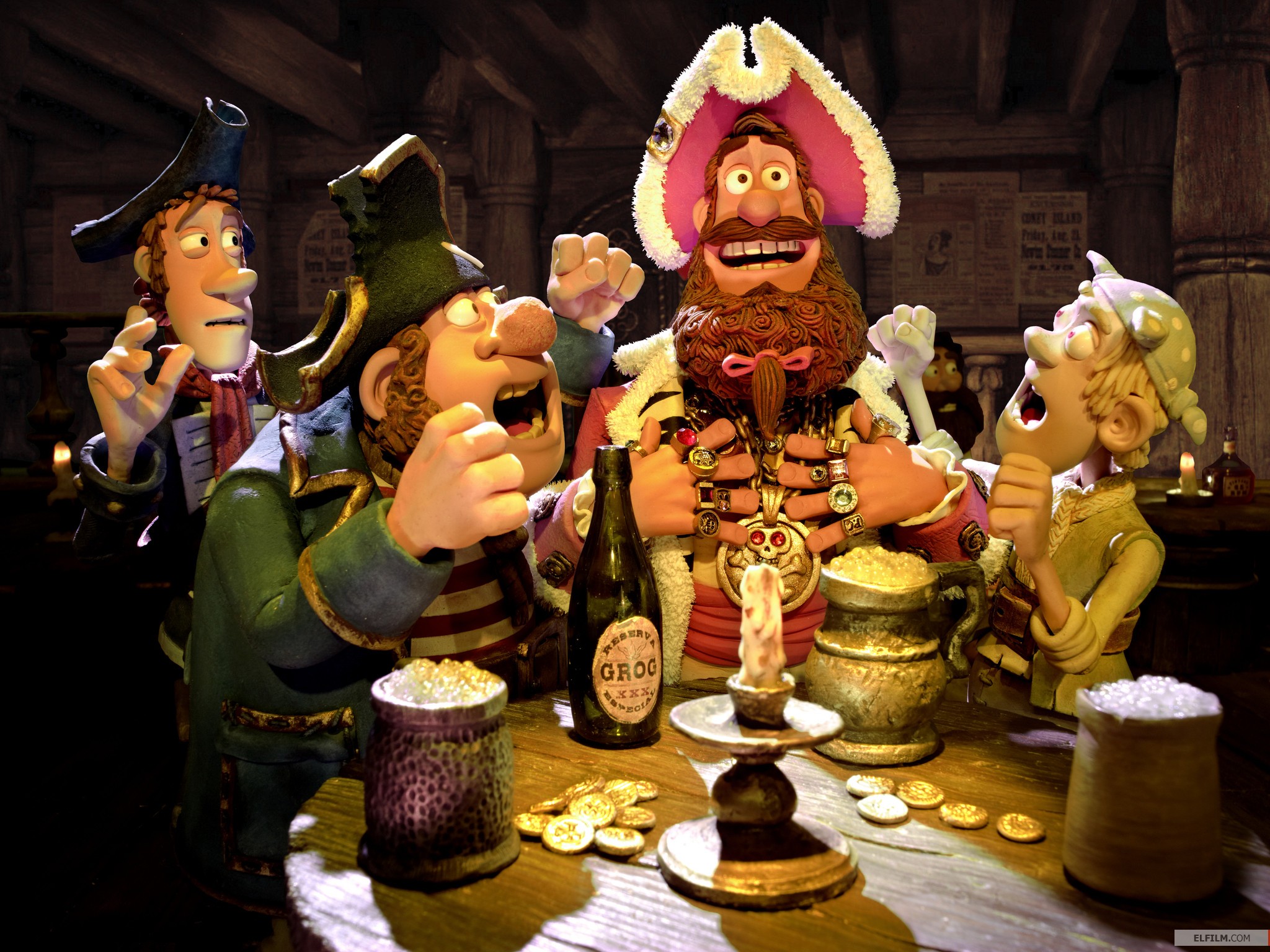Reasoning steps
Bearing this in mind, the place to start is the point at which the game gets down to just two pirates, PI and P2. The fiercest pirate at this point is P2, and his optimal decision is obvious: propose 100 gold pieces for himself and none for PI. His own vote is 50 percent of the total, so the proposal wins.
Now add in pirate P3. Pirate PI knows-and P3 knows that he knows that if P3's proposal is voted down, the game will proceed to the two-pirate stage and PI will get nothing. P3 therefore uses as little as possible of the gold to bribe PI, leading to the following proposal: 99 for P3, 0 for P2 and 1 for P1.
The strategy of P4 is similar. He needs 50 percent of the vote, so again he needs to bring exactly one other pirate on board. The minimum bribe he can use is one gold piece, and he can offer this to P2 because P2 will get nothing if P4's proposal fails and P3's is voted on. So P4's proposal is 99 for himself, 0 for P3, 1 for P2 and 0 for PI.
The approach taken by P5 is slightly different: he needs to bribe two pirates to get a winning vote. The minimum bribe he can use is two gold pieces, and the unique way he can use is two gold pieces, and the unique way he can succeed with this bribe is to propose 98 gold pieces for himself, 0 for P4, 1 for P3 0 for P2 and 1 for P1.

